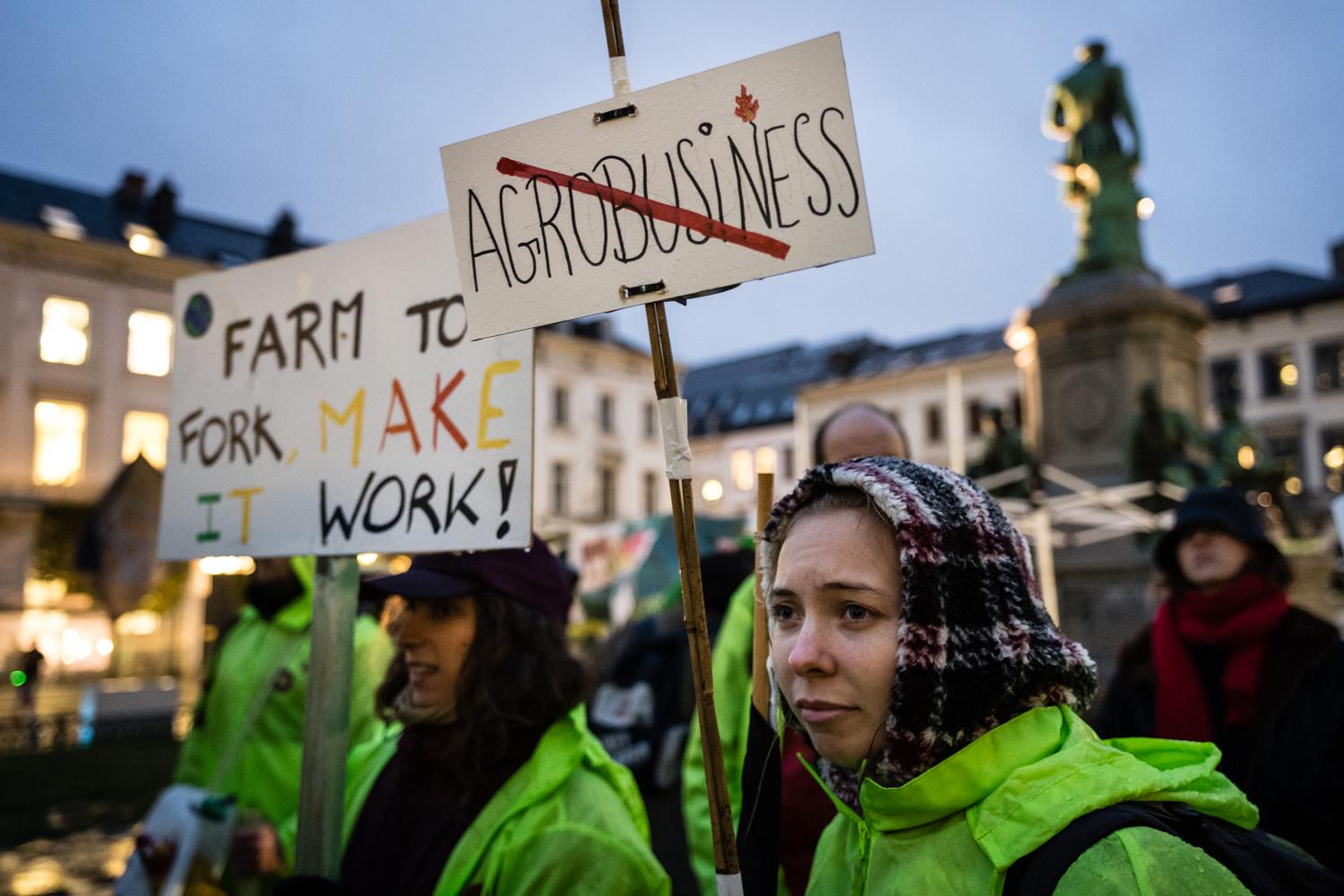American soybean farmers find themselves trapped in an economic vortex. The recent announcement by President Trump raising tariffs on Chinese imports to a staggering 125% has ignited profound anxiety throughout agricultural communities nationwide. China swiftly retaliated with an 84% duty on American goods, marking another chapter in the escalating trade confrontation between these global powerhouses.
Farming representatives expressed their apprehension during congressional hearings last week. They worry about market access. The tariff situation creates unpredictable conditions for crops already planted with harvest expectations formed on previous trade arrangements. When you consider the total effective rate for soybeans shipped to China has reached an alarming 114.73% after including standard duty rates and VAT, the magnitude becomes apparent.
Caleb Ragland, serving as American Soybean Association president and himself a Kentucky soybean cultivator, articulated the dilemma facing producers: “We run the risk of immediate impacts this growing season, along with the impacts a prolonged trade war with China will inflict on our industry once again”. His statement underscores the dual challenge of both short-term disruptions to commerce and enduring damage to international relationships that American farmers have nurtured across decades.
The scenario feels dishearteningly familiar to many agricultural stakeholders. Some refer to the current tensions as “TW2″—Trade War Two—reflecting their lingering wounds from previous tariff confrontations that undermined export potentials throughout 2018. Those earlier disputes had permanently altered global soybean trade patterns, with Brazil emerging as China’s predominant supplier during that period.
Global crop trading enterprises, including industry giants Archer-Daniels-Midland and Bunge Global, have reported substantial negative impacts from tariff uncertainties on their first-quarter performance. These corporations sit at crucial nexus points within supply chains that depend on stable trade relations for operation across national boundaries.
The White House position remains unwavering. Press Secretary Karoline Leavitt characterized the administration’s approach with stark metaphorical language: “When you punch at the United States of America, President Trump is going to punch back further”. This combative stance suggests little immediate prospect for de-escalation, although other nations received a 90-day reprieve with reduced 10% individualized tariffs to allow for negotiations—an opportunity not extended to China.
Agricultural economists highlight significant differences between current circumstances and the 2018 trade disputes. Joana Colussi from the University of Illinois maintains U.S. producers face a considerably more precarious position now due to inflated production expenditures and diminished profit margins. She asserts farmers “will maybe need more help from the government than they did in 2018, when we had a different scenario, especially because of the production costs”.
Brazil’s competitive edge continues strengthening meanwhile. The South American nation benefits by their unique capacity for dual annual harvests—a result from favorable climate conditions coupled with international demand that propels consistent production investment. Their transport infrastructure has seen substantial enhancements through private capital infusions over recent years, further reinforcing their export capabilities and reliability at China’s door.
Soybean industry leaders have requested both governments to negotiate a Phase 2 trade agreement that would address legitimate concerns without devastating established markets. The administration’s reciprocal tariff approach—selectively pausing planned increases for nations reaching out for talks—indicates potential pathways toward resolution with cooperative trading partners.
For soybean farmers already facing tight margins and escalating input costs, the current trade environment presents existential questions about long-term viability. They recognize immediate market disruptions while harboring deeper anxieties regarding permanent shifts in global supply patterns that could render American production perpetually disadvantaged despite its traditionally high quality and reliability.
The situation demands thoughtful resolution. Unless diplomatic interventions succeed quickly, Chinese demand may permanently redirect toward alternative sources, leaving U.S. producers to navigate narrower markets with diminished leverage. Agricultural communities understand trade politics, but they require policy approaches considering their unique vulnerabilities to market access limitations.









